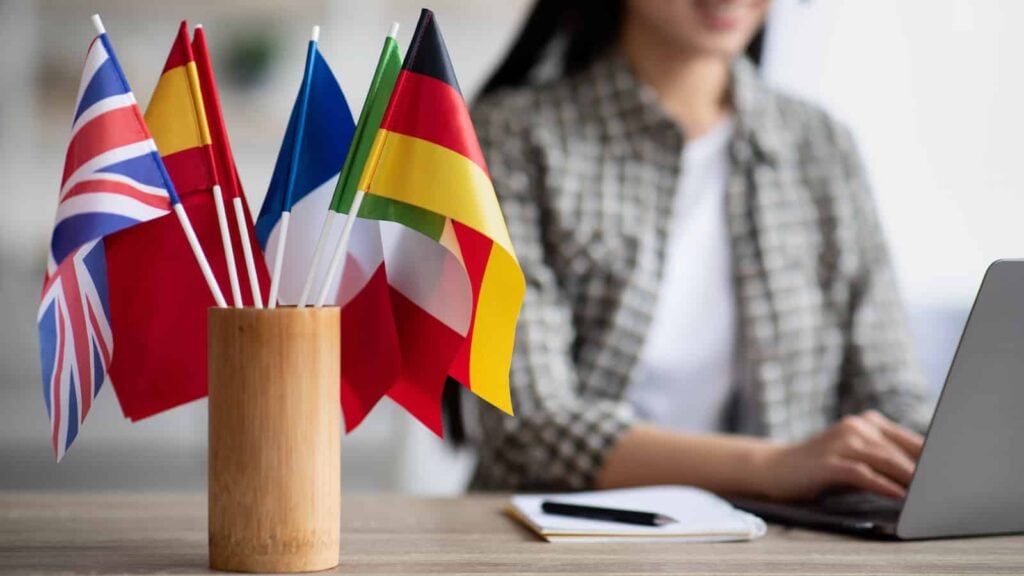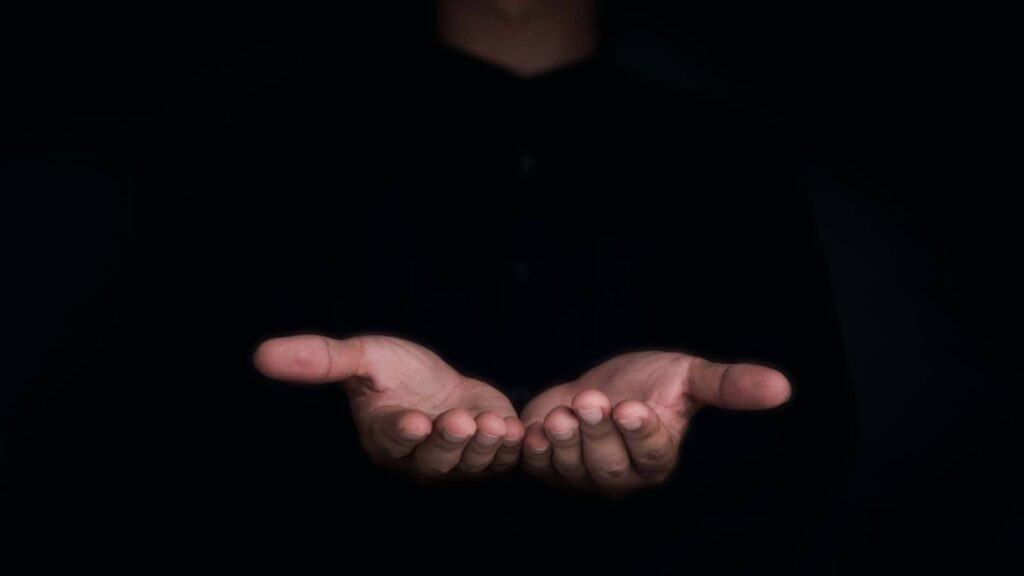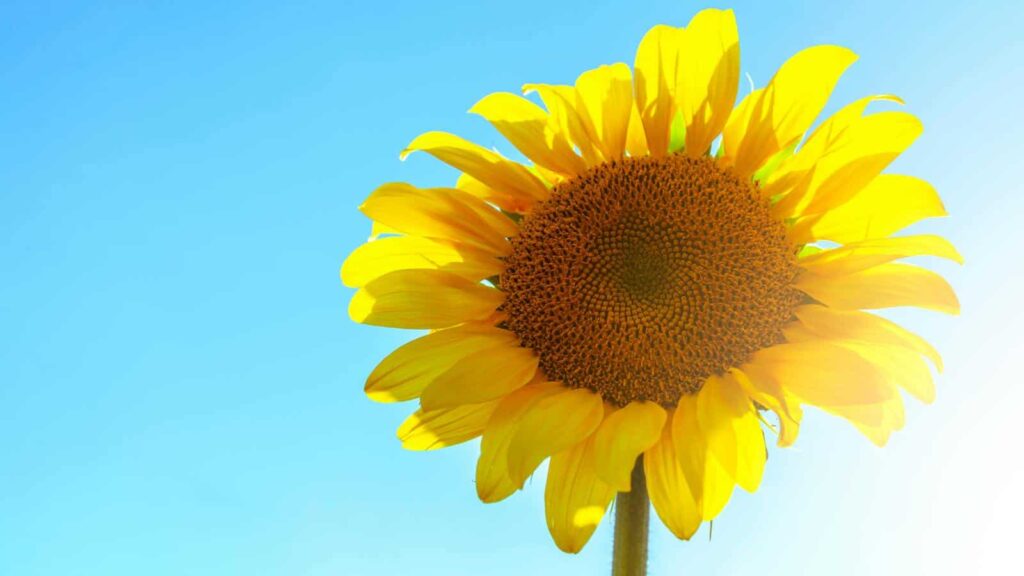14 Untranslatable Emotions from Around the World
14 Untranslatable Emotions from Around the World

Exploring different cultures opens us up to unique emotions that don’t always translate directly into English. Every language has its own words that capture the complexities of feelings experienced by its speakers. Let’s take a look at 14 untranslatable emotions that provide a fascinating glimpse into how different cultures express the inexpressible.
1. Saudade (Portuguese)

Saudade is a Portuguese term that describes a deep emotional state of nostalgic longing for something or someone that is absent. It is more than missing someone—it is an emotive mix of sadness and happiness, emotions felt deeply because of love and memories associated with the absent one.
2. Hygge (Danish)

Hygge refers to a quality of coziness that creates a sensation of warmth, comfort, and peace. It’s about creating a happy environment, whether alone or with others, that makes you feel content. The Danes use this concept to appreciate the simple joys of life, fostering a sense of well-being through relaxation and conviviality.
3. Torschlusspanik (German)

Torschlusspanik translates as “gate-closing panic” and describes the fear of losing opportunities as one gets older. This emotion often involves anxiety about not achieving enough before a certain age or milestone, driven by the awareness of time passing and doors of opportunity potentially closing.
4. Iktsuarpok (Inuit)

Iktsuarpok is the feeling of anticipation that compels you to keep checking if someone is coming. It reflects the impatience and excitement of awaiting the arrival of a guest or a loved one, often leading one to go outside repeatedly to look for them.
5. Gigil (Filipino)

Gigil is a Filipino word that describes the overwhelming urge to squeeze something because it is adorable. This emotion is usually triggered by seeing something incredibly cute or cherishing someone deeply, and it is accompanied by a nearly irresistible desire to pinch or squeeze them gently.
6. Meraki (Greek)

Meraki means to do something with soul, creativity, or love. When you put “meraki” into your work, you are dedicating a piece of yourself to it. It’s about pouring your personal energy and passion into a task and therefore transforming it into something uniquely personal and special.
7. Komorebi (Japanese)

Komorebi is a Japanese word that describes the sunlight as it filters through the leaves of trees. This beautiful and serene sight captures the interplay of light and leaves, creating a tranquil and somewhat melancholic atmosphere, which can be both uplifting and peaceful.
8. Mamihlapinatapei (Yagán)

Mamihlapinatapei is from the Yagán language of Tierra del Fuego and is considered one of the hardest words to translate. It describes a wordless yet meaningful look shared between two people, both wishing the other would initiate something that they both desire but neither wants to start.
9. L’appel du vide (French)

L’appel du vide can be translated as “the call of the void.” It is the instinctive urge to jump from high places. Contrary to being a morbid desire, it reflects more of a natural human response to curiosity about the limits of our existence and the natural forces around us.
10. Gezelligheid (Dutch)

Gezelligheid is a Dutch concept that refers to the warmth and coziness of being at home or with loved ones. It encompasses feelings of belonging, time well spent, and an atmosphere that fosters contentment and togetherness, making everyday interactions softly heartwarming and gratifying.
11. Forelsket (Norwegian)

Forelsket describes the blissful state as you start falling in love. This Norwegian word captures the intoxicating feeling of joy and excitement that one experiences when they are just beginning to fall in love, highlighting the euphoria and energy that come with new affection.
12. Uitwaaien (Dutch)

Uitwaaien represents the act of walking in the wind for pleasure. This Dutch practice involves going out into nature, particularly on windy days, to clear one’s head and refresh the spirit. It’s about embracing the elements of nature to rejuvenate oneself mentally and physically.
13. Waldeinsamkeit (German)

Waldeinsamkeit conveys the feeling of being alone in the woods, which can evoke a sense of peace and a profound connection with nature. This German word describes the solitary, introspective calm of being alone outdoors, away from society, which allows for a deep communion with the natural world.
14. Sehnsucht (German)

Sehnsucht is a German word for a type of longing or yearning. This is not just any longing, as it often involves dreaming of something far-off and indefinable. Sehnsucht reflects the desires that haunt the human heart, striving for a distant reality that may be unattainable but is nevertheless deeply craved.
We are Mary and Eric, the founders of Be Right Back, a blog dedicated to romance around the globe and at home.
We are Mary and Eric, the founders of Be Right Back, a blog dedicated to romance around the globe and at home. With over 10 years of experience in dating and traveling to romantic places, we share our favorite date ideas and romantic destinations to help couples level up their relationships. Having lived in and traveled through the USA, we also share our favourite things to do in the States.
With 70,000 monthly readers and 16,000 followers on social media, Be Right Back is your go-to resource for romantic trip ideas and couple activities at home and abroad.
